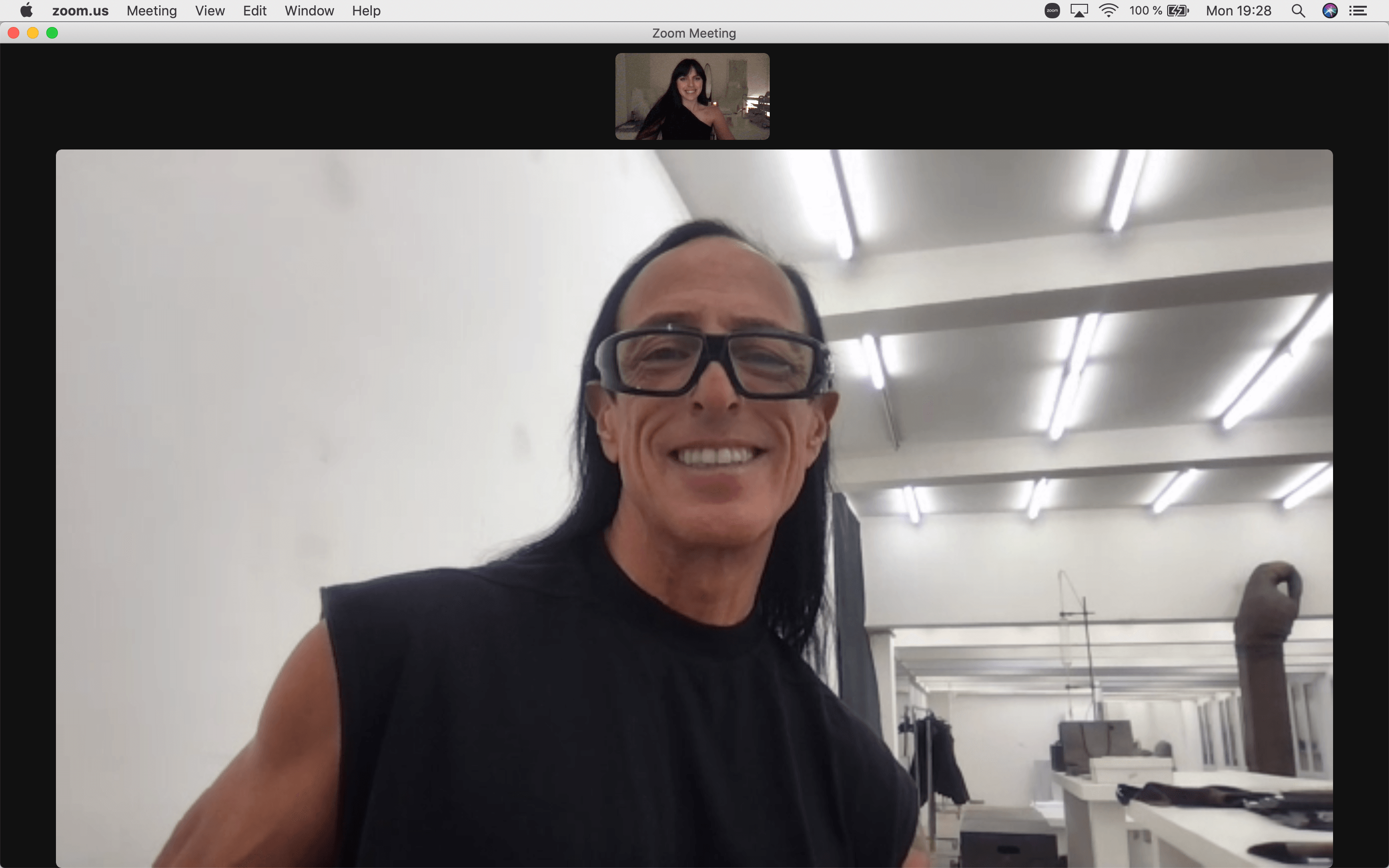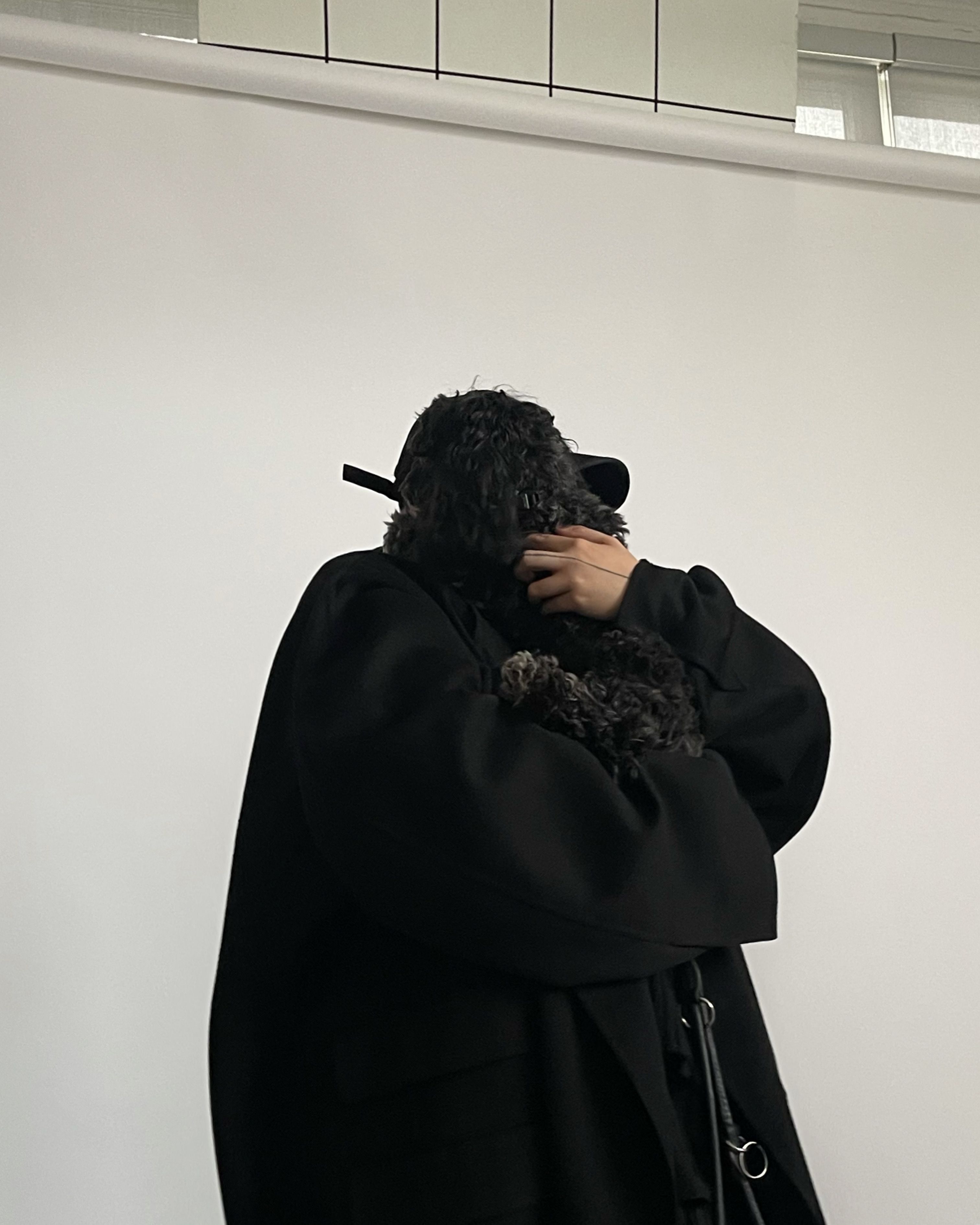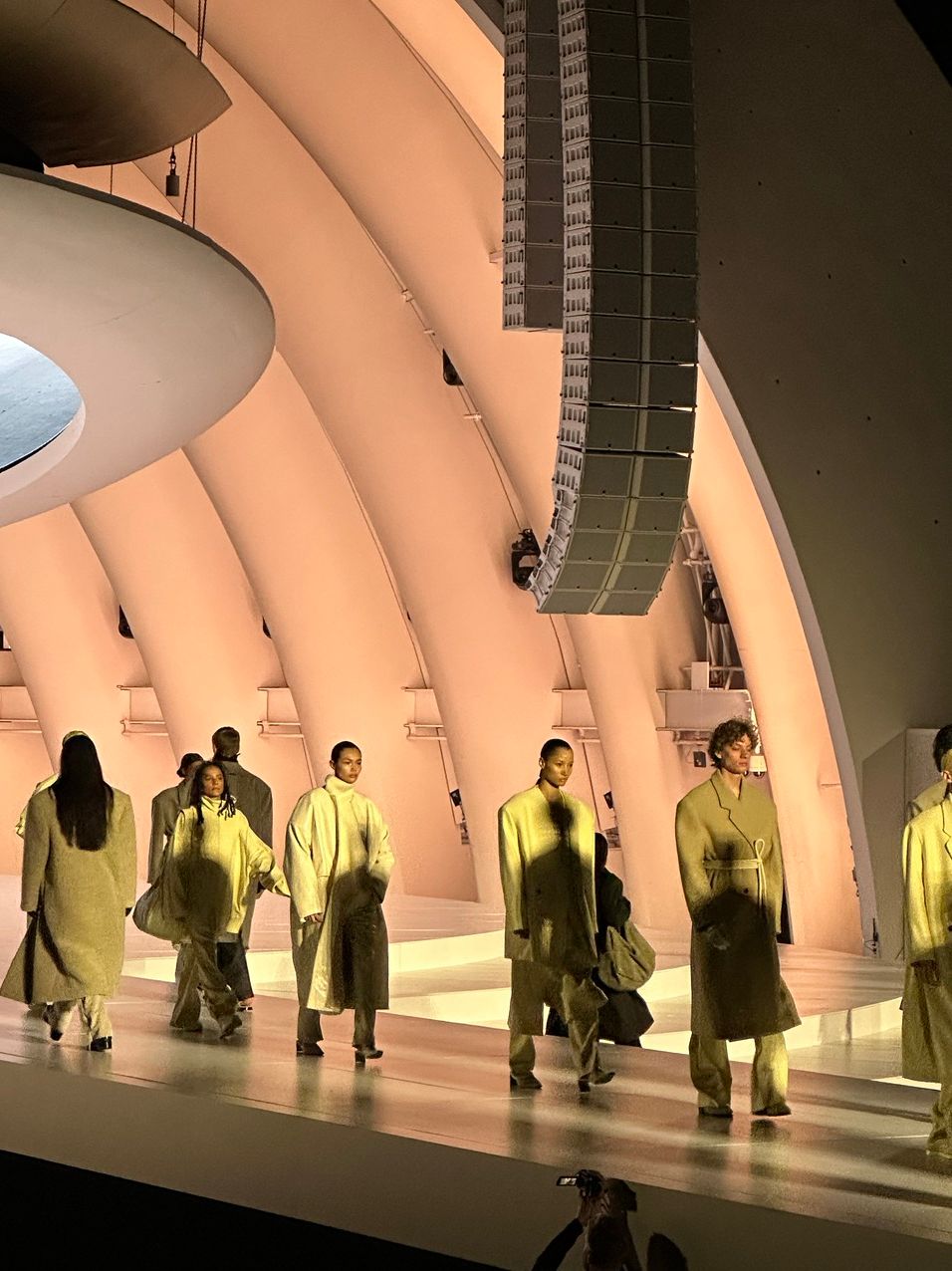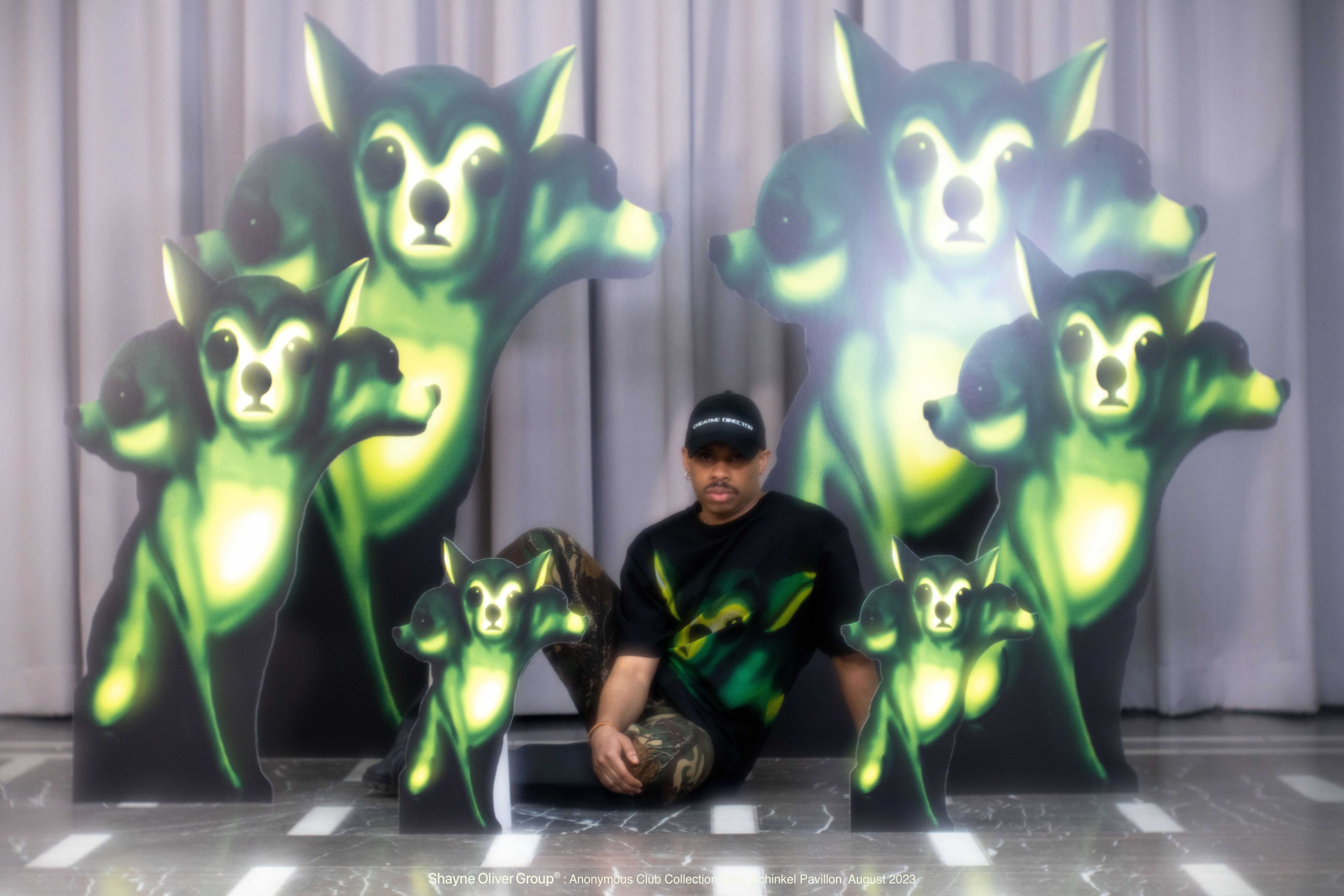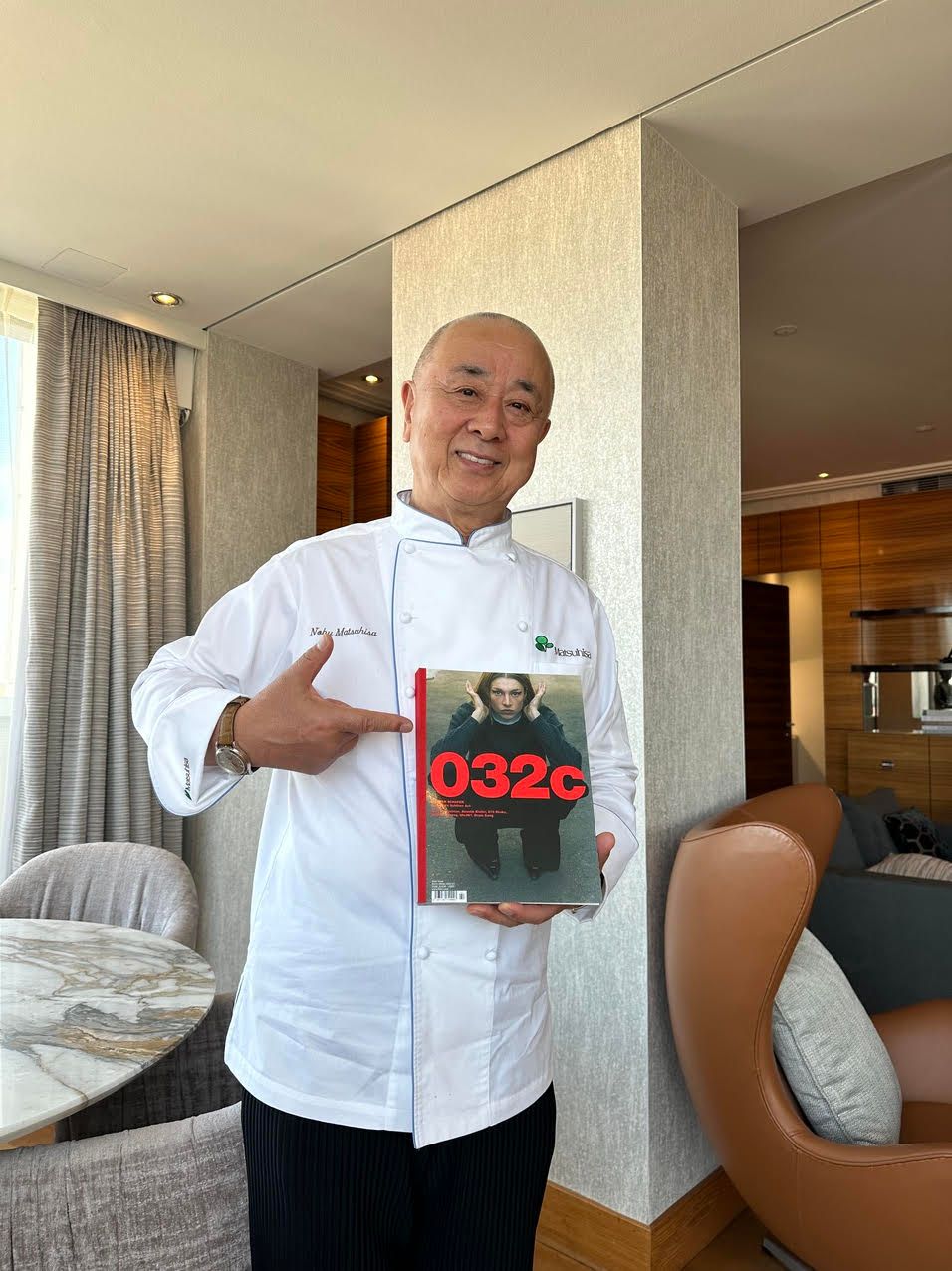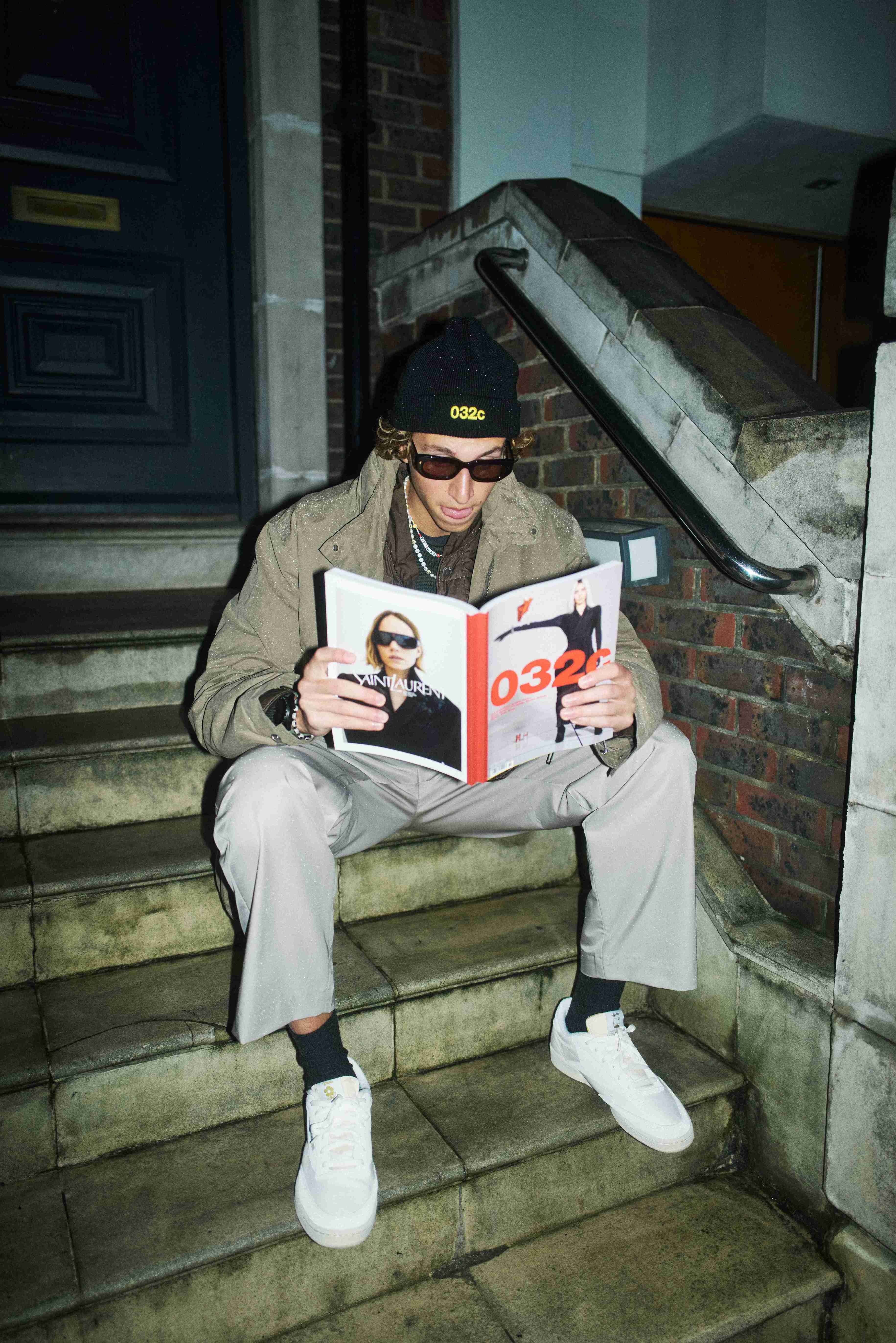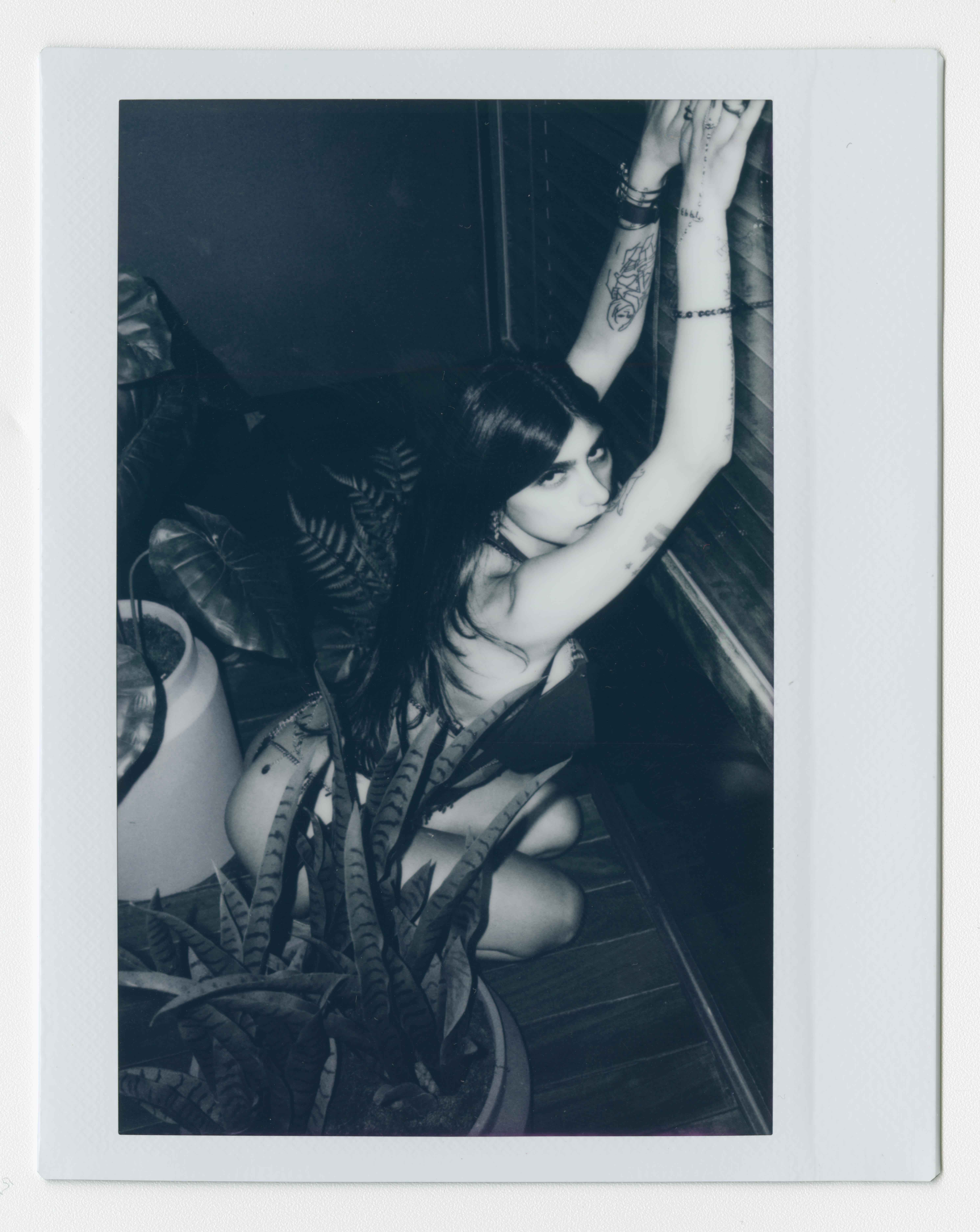Brenda’s Business with GmbH
|Brenda Weischer
“It didn’t sell” is the easiest, but also the laziest explanation people come up with when we are hit with another weekly “creative director x and fashion house y are parting ways” headline. It’s lazy because it’s been proven time and time again that a failed fashion venture is mostly due to its management, not its designers.
On March 22, 2023, news broke that Benjamin A. Huseby and Serhat Işık were leaving the Italian heritage brand Trussardi after holding the creative director title for just two years. The two began working for Trussardi in 2021 while also running their brainchild GmbH, a Berlin-based brand founded in 2016 that has helped them carve out a name for themselves in the industry. Huseby and Işık planned to balance their time between their independent brand and reviving Trussardi’s relevancy. Mostly communicated as a family-run entity, Trussardi was controlled by a private equity company by the time Huseby and Işık entered the picture. One that has no additional fashion involvement in their portfolio and possibly came with quite unrealistic targets.
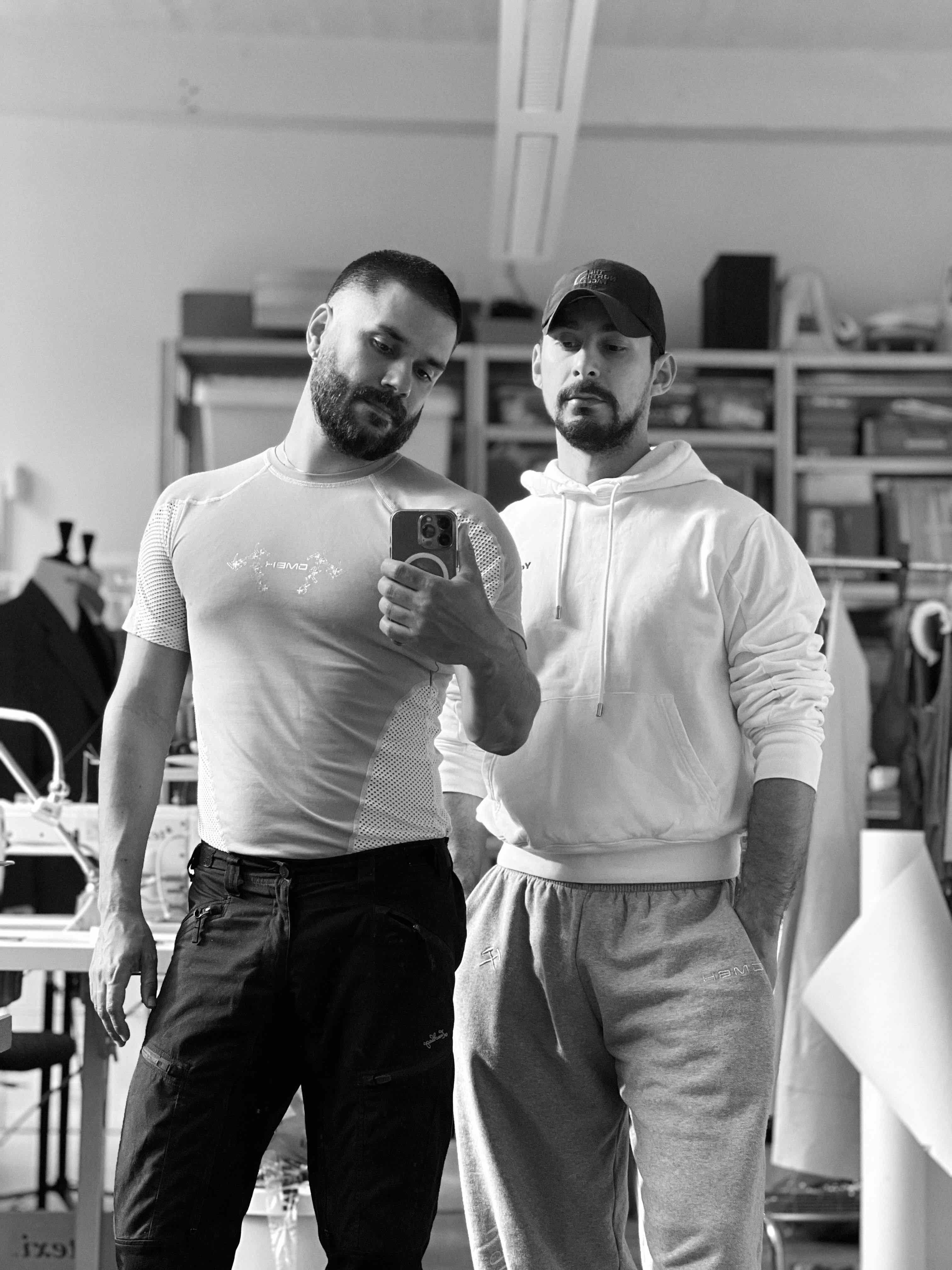
The design duo had received great industry reviews for their work for the luxury brand and had recently remodeled the flagship store in Milan. It was a large venture that felt like a CEO vanity project. Everything seemed to be headed in the right direction, so the news came as a shock to many. By this spring, the Trussardi employees were allegedly put on government-funded severance pay. The CEO is gone, as is the board. At some point, none of the people who hired the two were left. As this story unraveled, the Turkish-German and Pakistani-Norwegian designers were seemingly left to their own devices.
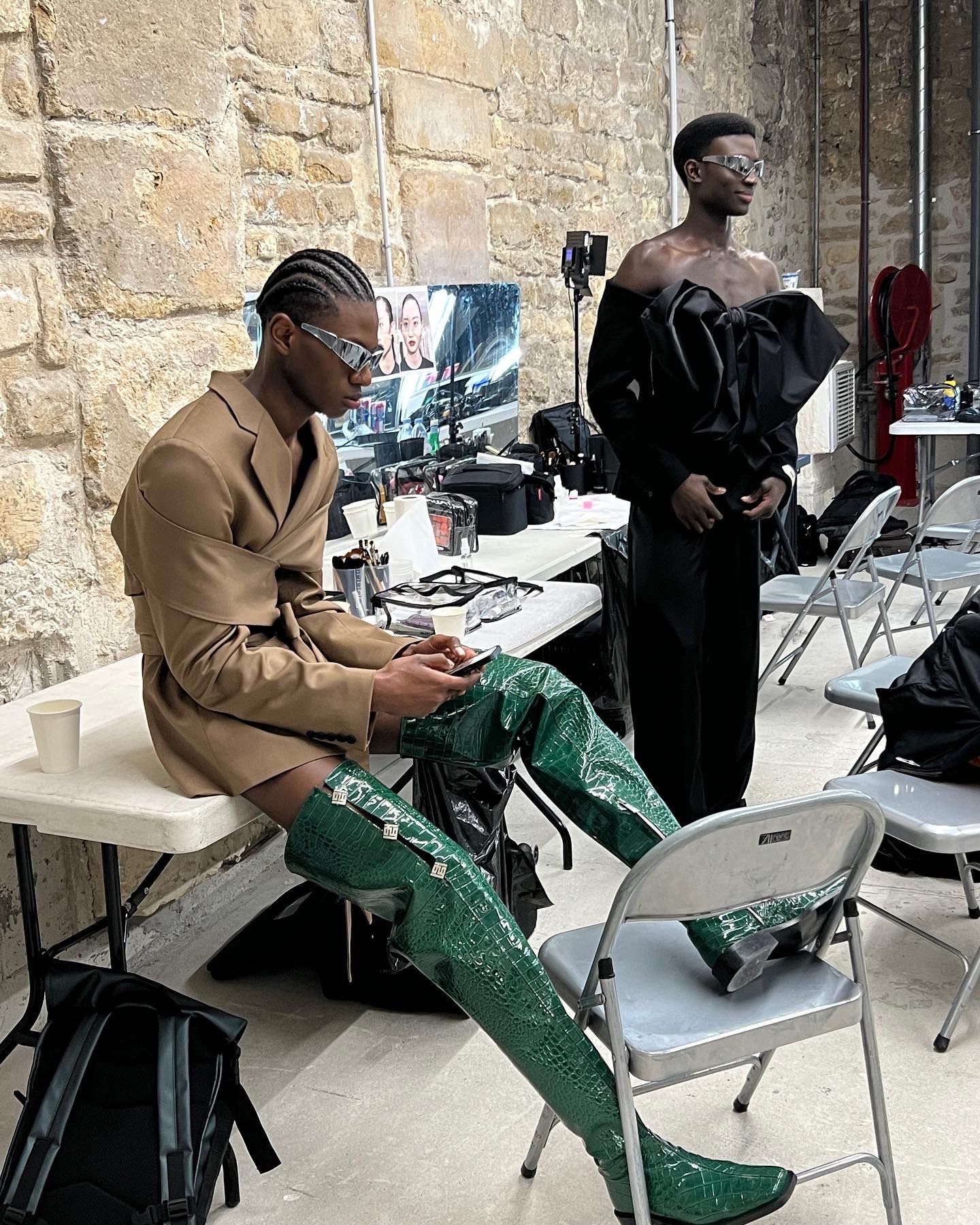
BRENDA WEISCHER: Why does a designer with a small but successful brand accept the role of creative designer at a house that either isn’t successful or growing?
BENJAMIN A. HUSEBY: It’s different for every designer, but we’re really inspired by fashion history. We have always wanted to be part of something that felt historical—that’s one of the reasons we always showed in Paris with GmbH.
SERHAT ISIK: Yes, and you have certain career goals, but in the end, it was a personal decision. GmbH was founded on the idea of elevating our stories, our past, and how we grew up in a space where we had not been previously accepted. So, the goal for me personally was to bring that to an establishment. We did that with GmbH. We were part of change for many things, for example with casting. You, Brenda, wrote about this when we did our first show in Milan: “Let's be real. Ten years ago, these boys wouldn't have been here doing this show.”
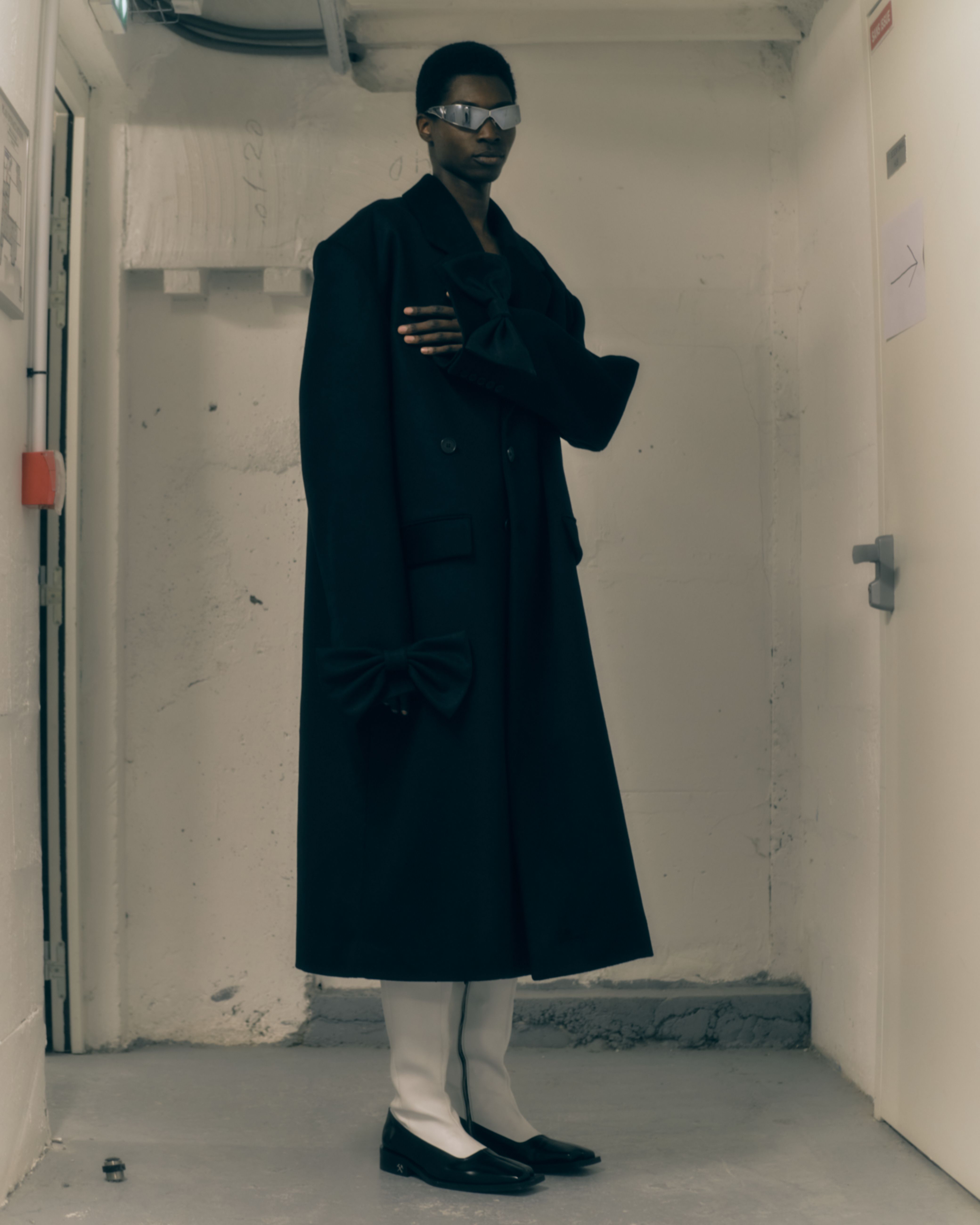
BW: Were you aware of the private equity setup? Perhaps you were seen as a “tools” to increase product sales in order to sell Trussardi?
BH: As far as we were aware, this was meant to be a long-term project.
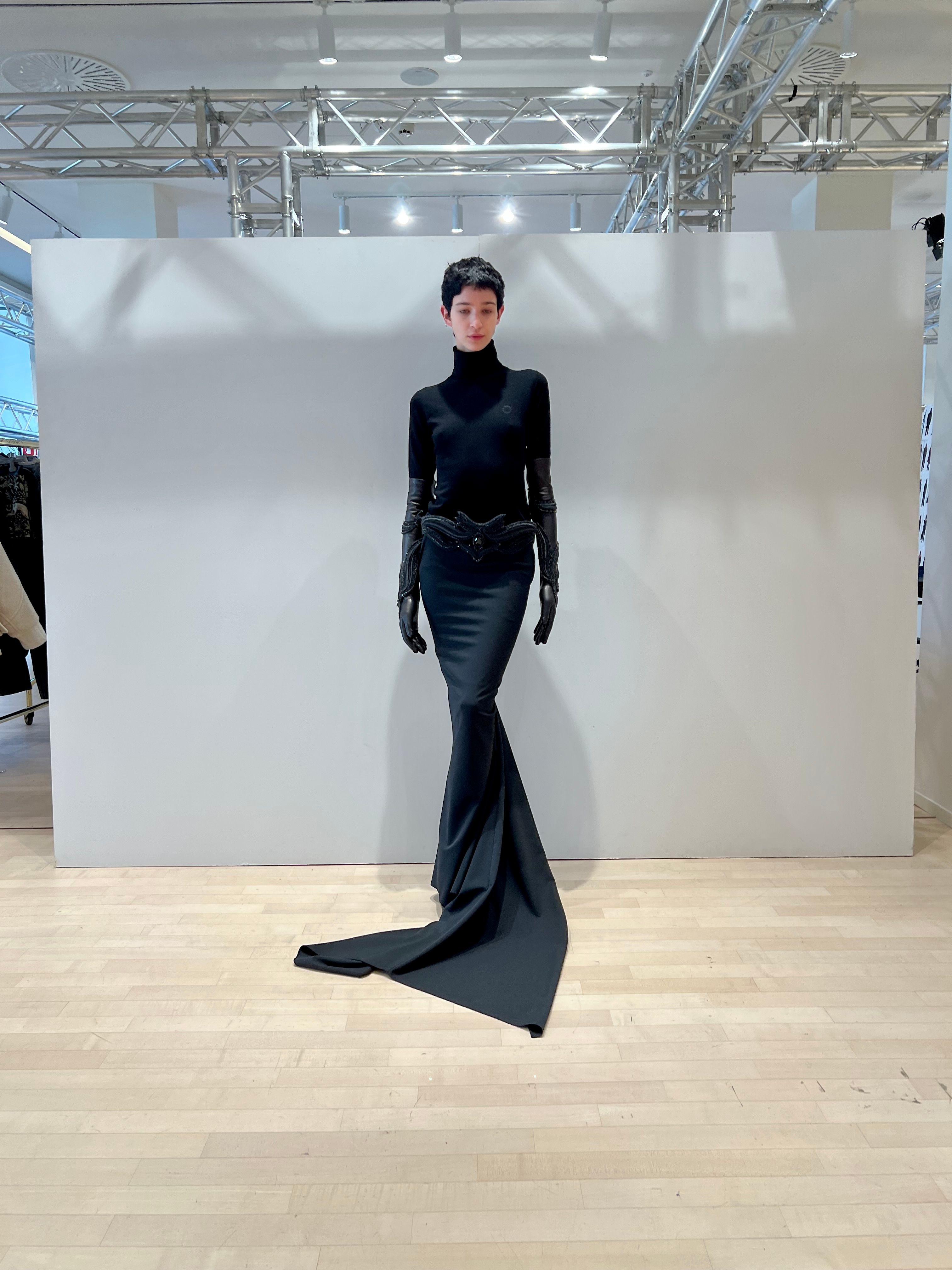
BW: I didn’t know about these agencies. But I do know there’s a lot of matchmaking now.
BH: Sometimes you get called to have a coffee with someone. Might not be for anything specific, they just want to know where you are. They will build a relationship over the years, and, when things come up, they have a pool of people they consider. That’s what they do, essentially. And as a designer, you get approached for different projects over time, and sometimes you realize straight away that the project isn’t right or it’s not the right time.
BW: Do you think you were headhunted for the right reasons?
BH: That’s hard to say. For the reasons and beliefs that we stand for, yes. Whether that is always reciprocated by the other party is a different question. And it’s a lot about chemistry, but then we had to pitch something, a plan. We had a proposal for what we wanted to do.
BW: This is an unpaid process, right?
BH: Unless you have a very specific track record, you have to show what your vision for the specific brand is in most senior designer roles. That’s a very standard procedure.
BW: Was it a battle to keep GmbH while accepting a role at a house?
BH: No, that never actually became a topic.
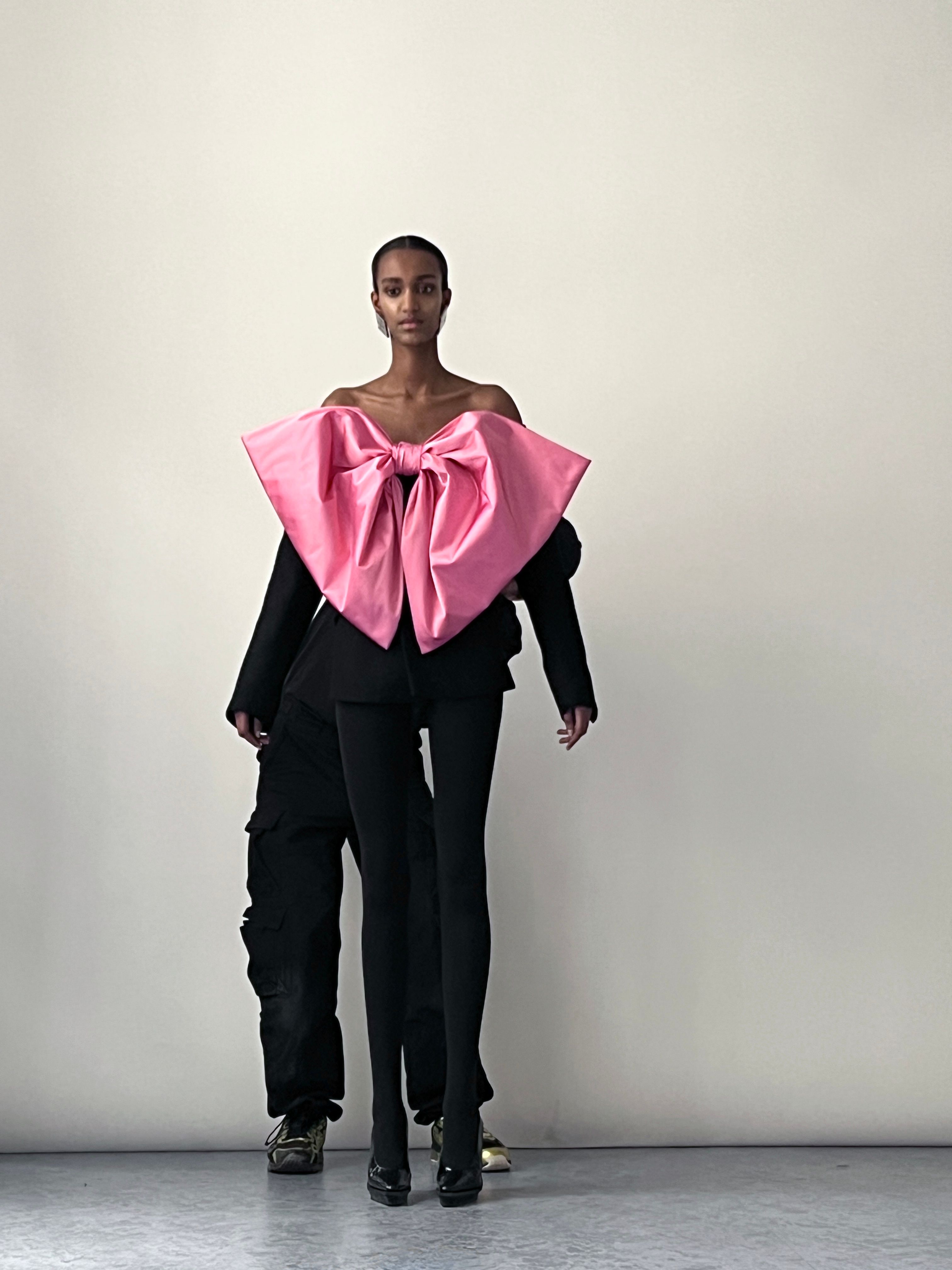
BW: You were able to split your time?
SI: Obviously, it was quite a challenge, time-wise. Personally, I think GmbH suffered because we were so dedicated and gave our all.
BW: What’s crazy to me is that the public pressure or industry pressure is fully on you, and there’s no mention ever about the board, the CEO, and what their strategy is to revive a brand. You as creative directors bear the responsibility to make this machine run in the public.
SI: And creative directors alone are never a magic pill.
BH: But I remember thinking, “oh, this is actually great” while doing the first fitting with pieces from the Trussardi archive for our first collection.
BW: I remember thinking the same during your first show. I felt like they were really letting you do your thing. But was this a fully oiled machine? Did you arrive and have all the assistant designers you needed?
SI: No, we were asked to help find the right team members even if this is normally the brand’s responsibility. So, we tapped into a lot of our existing contacts.
BH: And I even opened a LinkedIn account at some point to find people. We were very involved, and we’re very proud of that. Upon the CEO’s request, we helped in building one of the most diverse design studios that ever existed in Milan, not only in the design team actually, but in the company itself, even though this wasn't technically our responsibilty.
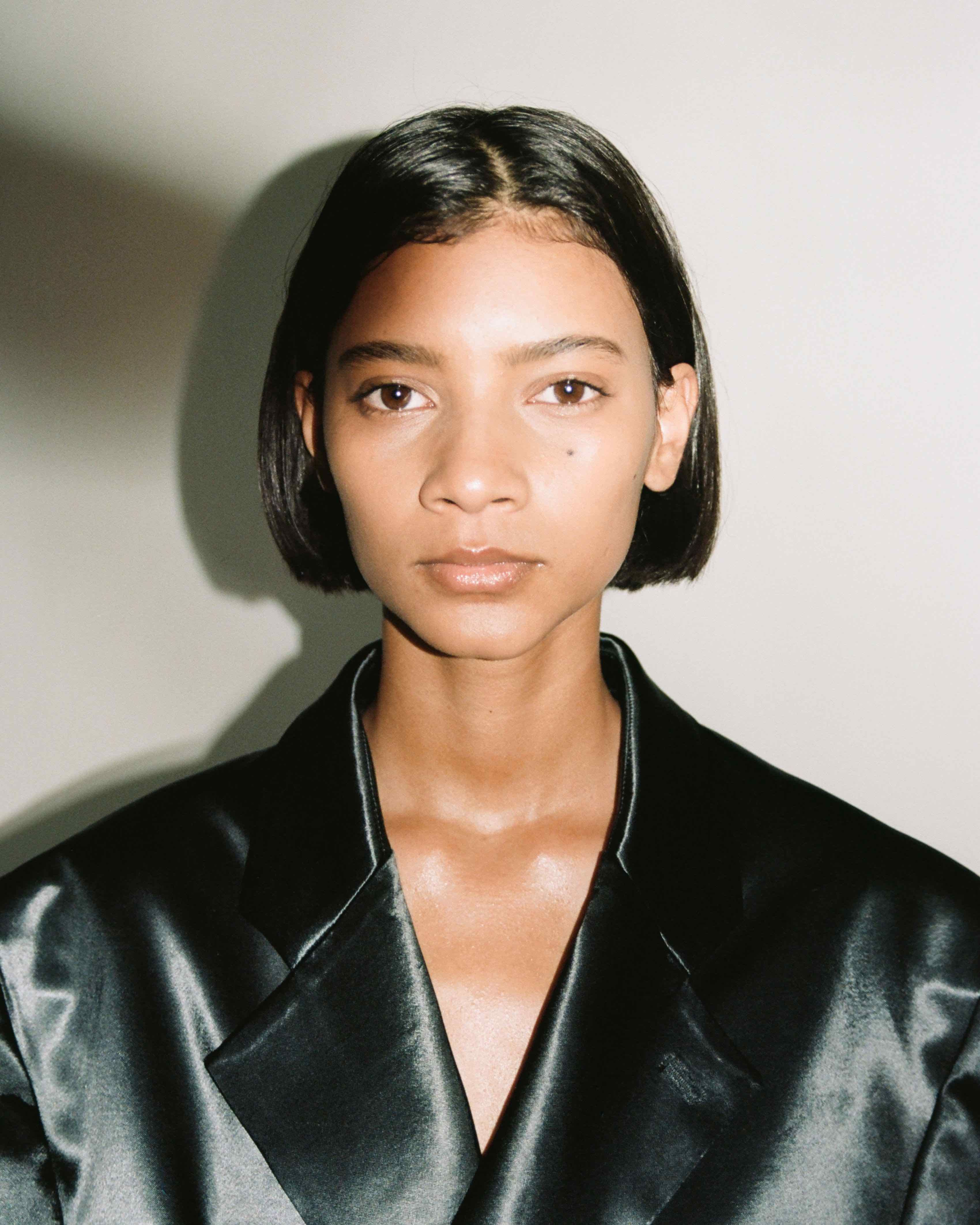
BW: Did you feel pressure to balance between finding a new audience and not pissing off the existing customer base?
BH: Why do people bring in young designers? It’s always to create disruption. There’s always going to be some feathers to ruffle. But honestly it felt they were incredibly open and looked forward to change.
SI: I don’t feel like I had enough time to answer that question. You know what I mean?
BW: Three seasons, right?
SI: We have shown three seasons, designed four, plus pre-collections.
BW: Do you have any advice for other designers going through this process?
BH: Even if you are fully prepared, even if you ask all the right questions as a designer in this scenario, you can never know exactly what you are entering.
SI: We had friends in the industry who we could talk to, but our experience was completely different. There’s no rulebook. I think what’s very important are boundaries. Being aware that you’re going into this experience with your body, your mind, and everything else. You should feel secure and know that you’re protected by people, friends, and family, but also by the legal structure and good lawyers, which you have to get from very early on.
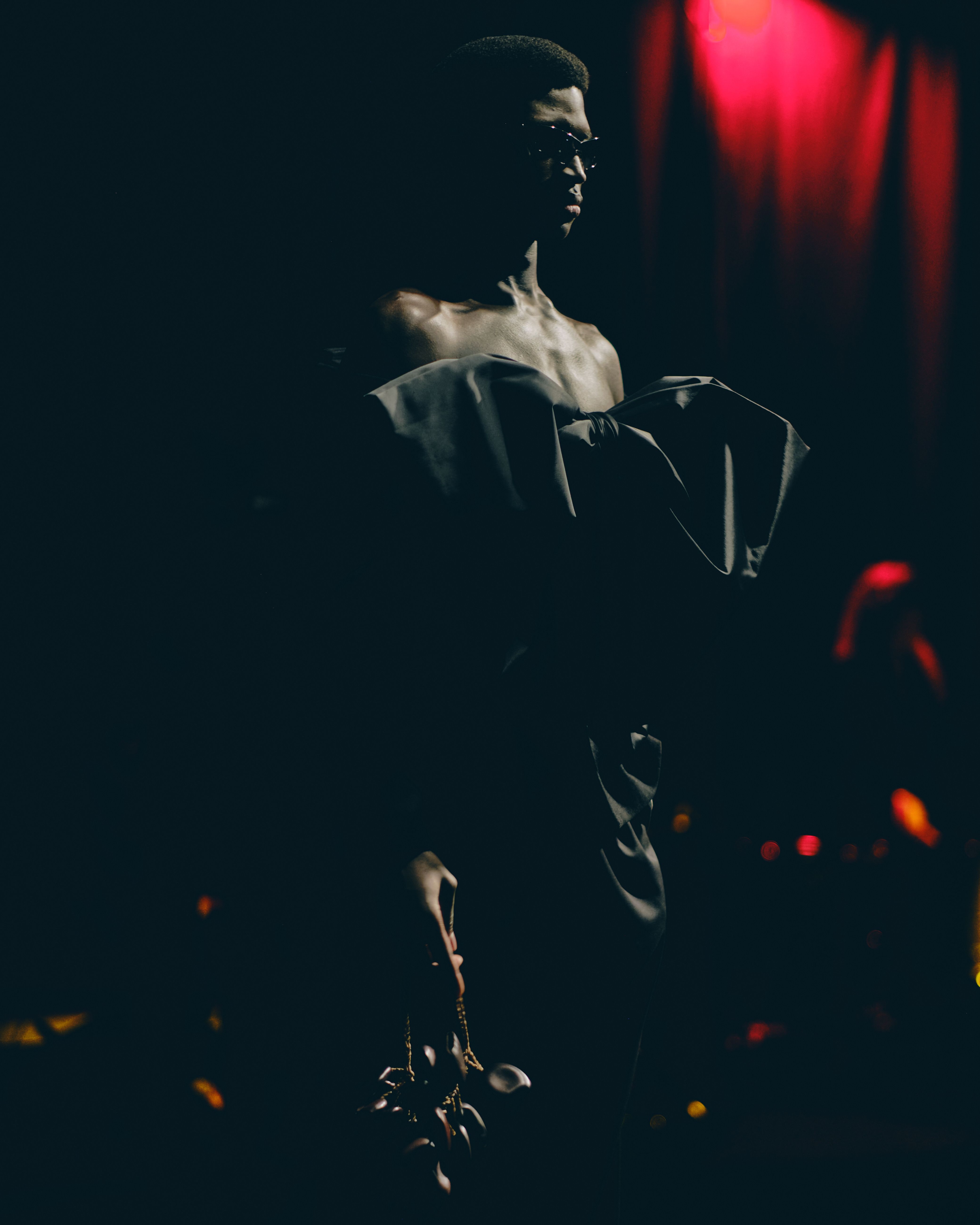
BW: I think that’s the best advice: boundaries. Because we can be so blinded by opportunities in the moment. It also occurs to me now that we’re probably going to see like eight more announcements this year about who’s going where and who’s leaving. What are the main reasons someone gets hired by one of these brands? There’s still actual talent, of course. Then there’s the safe choice, an industry approved person who’s been at 50 other brands…
BH: Personally, I think it's crazy if anyone believes that the designer is the one that's meant to bring in the audience and customers. For me that's insane. But I understand the perspective. There's a little bit of cross-pollination of course, but I don't think that should be the main focus. I understand it when you have some enormous brand where you maybe need a literal pop star or something to make the numbers go around. But it’s really complicated.
SI: I always like to look at Jil Sander for example. They've had so many creative directors come and go, you know, before the recent ones were given time to really figure it out.
BH: I also see different kinds of brands. You have the brands that are doing great, but change CDs because they want to grow even more. That is one thing. But when it comes to these brands that need a full turnaround, I think there are just two strategies. If you don't have much money, you need to give it patience and time to let a story evolve.
A designer cannot turn it around by themselves, even if they arrive with a huge following. You still have to have good products and a product range that fits that audience. So it's just so many things that have to work. Think about Nicolas Ghesquire being at Balenciaga almost a decade before they were making money. Four years before he designed a bag. Imagine what a different world we live in now. Yes, it’s about design. It’s about a hit product. But I don't think people always understand how a hit product is made. There need to be good ideas, but also there needs to be a team of designers and product developers. There need to be all these things for it to really work. And then you need the right marketing behind it. I guess at the end it's to do with this kind of hyper-capitalism. And also we're in another recession, even though we're sort of in denial about it.
BW: About this timeline: how much time does a designer need? Should there be a minimum? I am guessing you guys signed a three year contract.
SI: You need that at the very least. Also psychologically-speaking.
BH: We always imagined it would take about three years.
BW: When did things start going south?
BH: Well, the thing is that there was no really dramatic thing that happened. We didn’t get paid for several months and then suddenly the entire management team was replaced and with none to turn to and without being paid we couldn't continue working. And now it's up to lawyers. Technically we are still on contract with Trussardi. We haven't left.
BW: Did you have conversations with the CEO and were aware of any changes, structurally or internally?
BH: It became clear that there were issues when employees were getting furloughed and we were asked to shoot and style the last collection ourselves without a show. But honestly, we were not given much insight into what was going on, apart from sensing the nervousness in the company.
BW: When I checked their Instagram and Wikipedia this morning, you’re still the creative directors.
SI: We might be the first creative directors who were ghosted.
BW: Did you have any control over the narrative and how this story came out? It felt like a leaked story and not a joint statement of separation.
SI: Obviously everyone working in the company knew that we were physically not in the office. So it wasn’t difficult to draw conclusions. We continued working for many months without payment, because we really wanted to make it work.
BW: Do you think the approach of how brands find creative directors is changing? Are we learning from our mistakes?
SI: Honestly, this comes back to the issue of time for me. I think there have been interesting appointments that just needed time. The conversation has been so much about creative directors as a commodity—as opposed to designers and creatives—that it’s really hard for me to talk about it that way.
BH: I’ve observed an overall trend in the world of fashion where there’s a kind of flattening, a flatness, where everything starts looking more and more alike. I can’t differentiate things. And if you go to the website of 20 different brands, they all have the same product essentially.
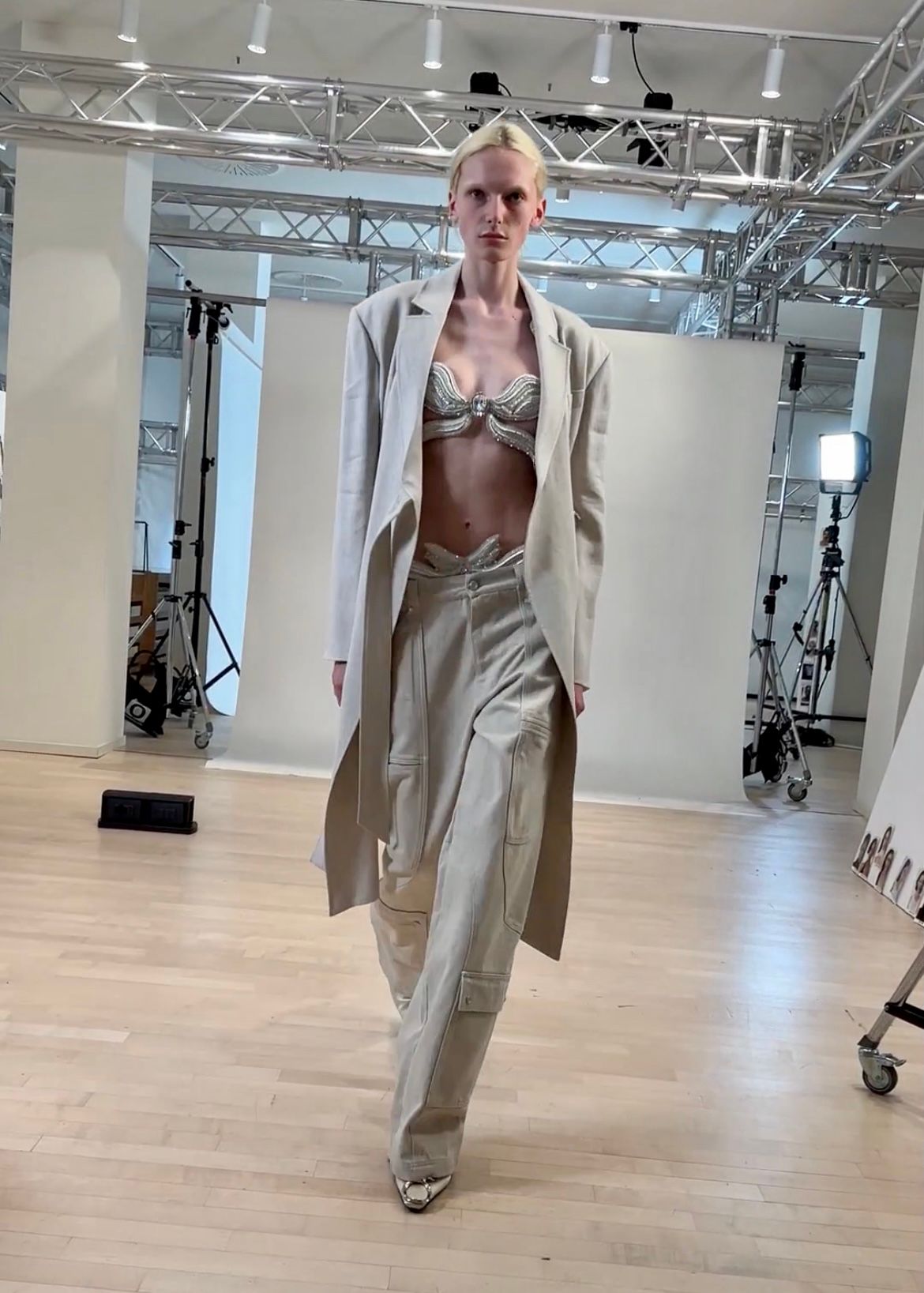
BW: They also have the same showrooms and PR agencies representing them.
BH: It's always hard to talk about the time you're actually in. But if I was to predict something, I feel like right now we're in a kind of a creative slump again, like fashion was in 2008. It feels like we're in a very commercial, anti-creative period somehow.
BW: And the effect of these “big” announcements that brands are banking on are not even that big anymore. Something “big” happens every day in fashion. Well…what are you doing now?
SI: Now we’re fully focused on GmbH. We’re back. It feels really good.
BH: Yes, it feels great, actually. I feel more grounded than I felt for a couple of years, and just being in Berlin. And I think it's a bit like a rebirth, kind of restarting GmbH in many ways, in a beautiful way. It’s very heartwarming, I'm not sure if I sound cringe.
BW: No! It’s nice to hear you haven’t been burnt by fashion.
BH: We are focusing on why we started in the first place. We’re extremely grateful for the experience.
SI: Anything else would be toxic. But yes, it was extremely hard, mentally, physically, all of these things. I have never felt this frozen and I am still working through it.
BW: You guys already sound so reflected. But it’s very easy to be demotivated when things like that happen.
SI: Everyone has their “f– you” moment at work, of course. But this brings us back to boundaries. It’s your choice whether you want to stay in that headspace.
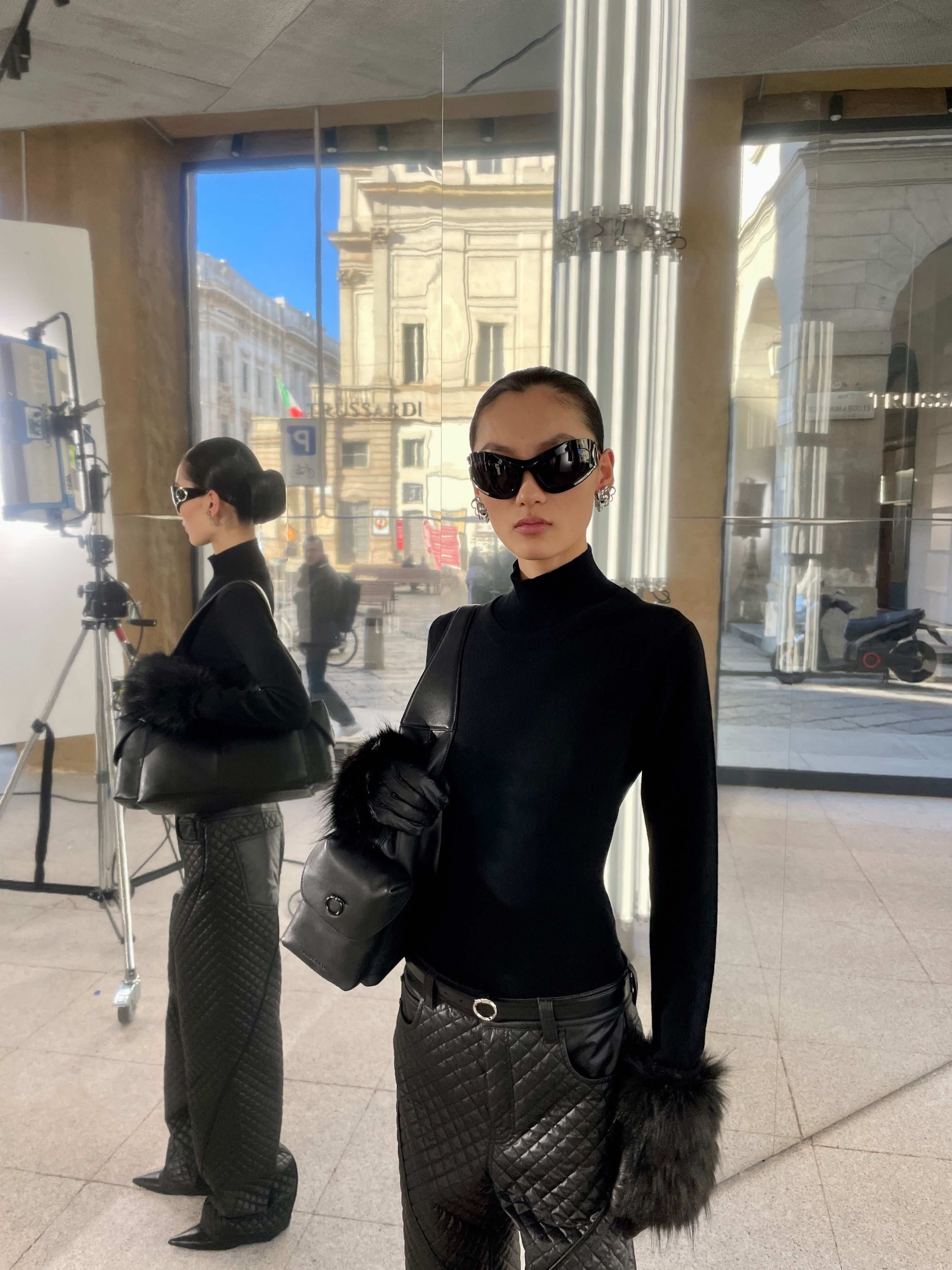
BW: I am guessing the worst moment for you was not some WWD story coming out but the moment you realized people you brought to Trussardi weren’t getting paid?
BH: People are used to not getting paid much when working with independent brands, simply due to a lack of budget. But with taking on this role, we were so excited to be able to support people, to bring people on board who have been supporting us for years. To give back. Not being able to deliver made us feel incredibly anxious.
SI: And I don’t think it should be our responsibility or any creative director’s responsibility to endure that.
Credits
- Text: Brenda Weischer
